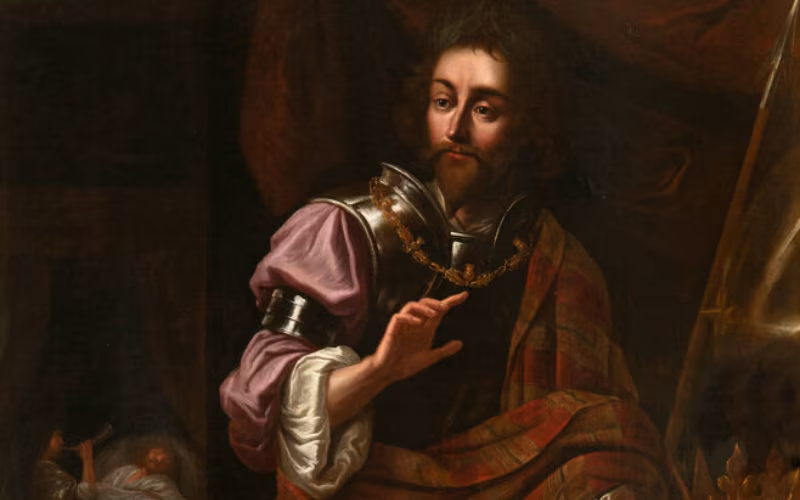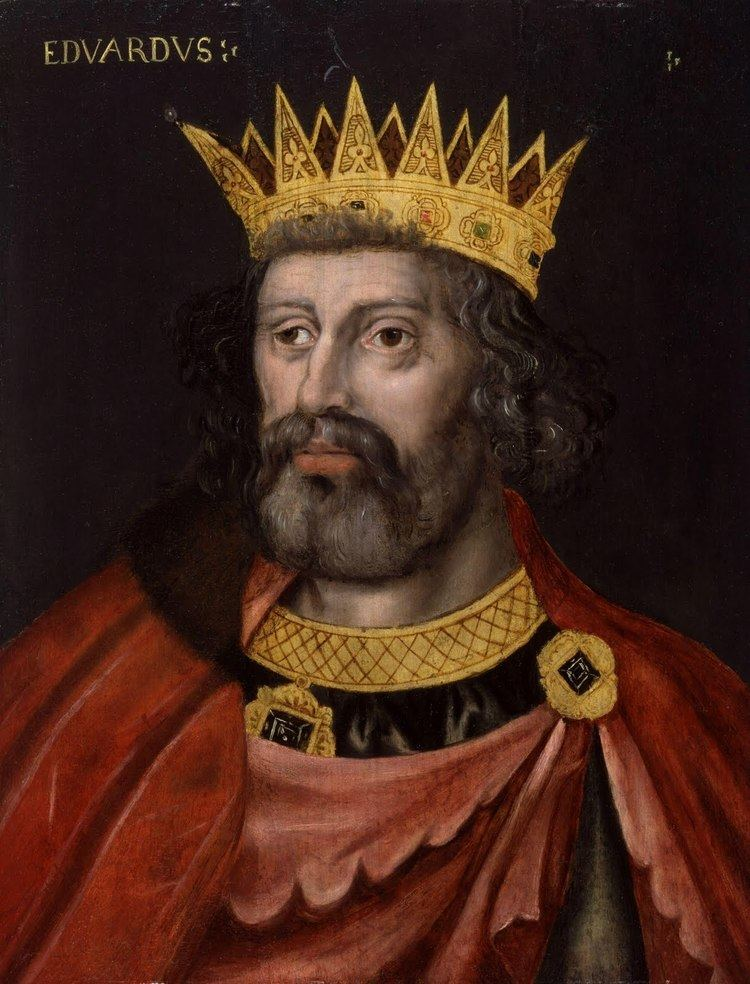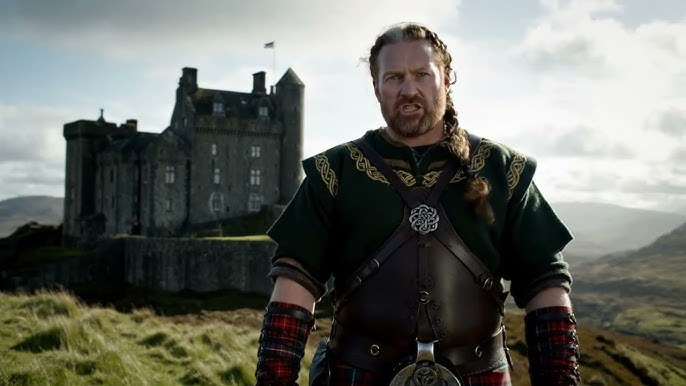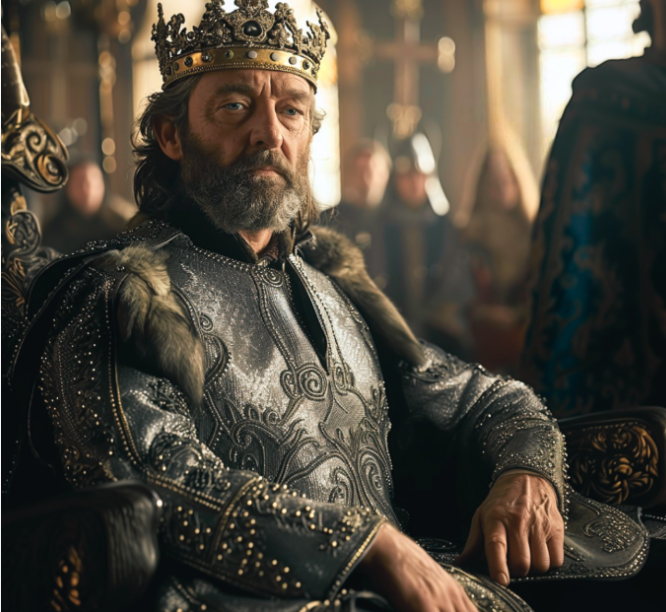In the shadowy mists of early medieval Scotland, long before the iconic tartans and Highland clans became symbols of national pride, a seismic shift reshaped the future of a fractured land. It was a time when Viking raids had left the region in turmoil villages burned, kingdoms splintered, and leaders scattered. Amid the chaos, a powerful figure emerged: Kenneth MacAlpin.
His name might not be as instantly recognizable as William Wallace or Robert the Bruce, but Kenneth’s legacy is arguably more foundational. Through diplomacy, strategy, and a bold symbolic act, he laid the cornerstone of modern Scotland.

A Land Shattered by Viking Raids
The 9th century was a brutal time for the people of what is now Scotland. Norse invaders from across the sea were relentless in their plundering. The Picts, who had once ruled vast stretches of the north, were weakened by infighting and constant assault. To the south, the Gaels of Dalriada an ancient Irish kingdom that had established roots on the western coasts were also suffering under the weight of Norse aggression.
This instability created a rare opportunity. Power was up for grabs, and Kenneth MacAlpin, a man of dual Pictish and Gaelic descent, was uniquely positioned to take it.

The Rise of Kenneth MacAlpin
Kenneth was the son of Alpin II, a Gaelic king. Through maternal lines and political marriage, he also had claims to the Pictish throne. His lineage made him a unifying figure someone who could potentially bring together two peoples who, despite their shared Celtic heritage, had long viewed each other with suspicion.
Video:
History of Scotlands Birth in the Heart of Scotland
Following the death of the last strong Pictish king, Kenneth acted decisively. He claimed leadership over both the Picts and the Gaels, possibly through force, possibly through dynastic inheritance it’s debated by historians. What matters most is that it worked.
The Symbolism of the Stone of Scone
In a move heavy with symbolism, Kenneth moved the legendary Stone of Scone also called the Stone of Destiny to a central location in his newly unified kingdom. The stone was believed to be sacred, used in the coronation of Pictish and Gaelic kings. By relocating it, Kenneth wasn’t just moving a rock; he was anchoring a new era.
It was a statement: this land is one, this rule is legitimate, and this unity is here to stay.

The Founding of Alba
The union under Kenneth MacAlpin gave rise to the Kingdom of Alba an early version of what would become Scotland. Alba brought together not only two peoples but also their laws, customs, and identities. Over time, Alba evolved, absorbing neighboring lands and cultures, eventually giving birth to the nation of Scotland as we know it today.
Video:
Scottish Monarchs Timeline (Kenneth MacAlpin to Charles III)
Though the early years were still marked by wars and invasions, the foundation had been laid. The story of Alba is not just a political tale; it’s a cultural birth a rare moment when leadership, timing, and symbolism combined to change the course of history.
A Legacy Still Felt Today
Today, the Stone of Scone resides in Edinburgh Castle, near the Scottish crown jewels. It has been used in coronation ceremonies for centuries, even by English and British monarchs. Its history is a testament to Kenneth MacAlpin’s vision.
Scotland’s journey from fractured tribes to unified kingdom started with a man who saw the cracks not as a sign of failure, but as an opening for something new.
Kenneth MacAlpin didn’t just unify a land; he gave it purpose, identity, and a story that continues to inspire.



